1. Canned Oysters
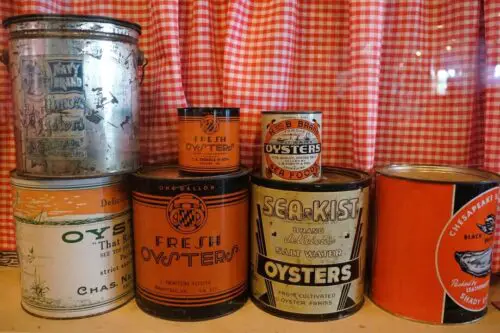
Canned oysters were once considered a delicacy in American homes, especially in the early 1900s. They were prized for being shelf-stable, offering a taste of the sea even far from coastal towns. Families often served them on crackers as a quick appetizer or folded them into creamy seafood casseroles. Their popularity waned as fresh seafood became more accessible and refrigeration improved.
These little cans were also convenient during wartime, providing a non-perishable source of protein. Cooks would mix them into stuffing or chowders to elevate simple meals. The briny flavor was a go-to for adventurous home chefs looking for something beyond tuna. Today, they’re mostly relegated to niche gourmet shops or nostalgic recipes.
2. Canned Lima Beans
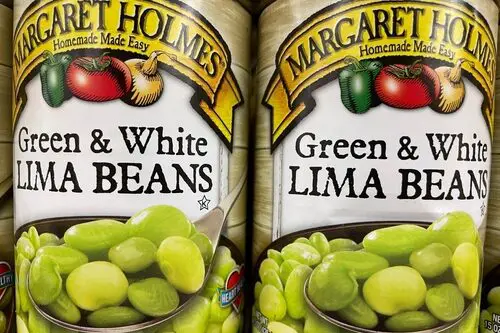
Once a staple in mid-20th century pantries, canned lima beans were a favorite side dish. Their soft texture and mild flavor made them perfect for mashing into soups or casseroles. Housewives praised them for their long shelf life and versatility in recipes that needed a creamy, starchy base. They were even used in baby food blends for a nutritious boost.
Lima beans declined in popularity because they became associated with bland, “old-fashioned” meals. Modern palates and fresh vegetable options overshadowed them. However, in certain regional dishes, like Southern succotash, canned lima beans were indispensable. Their revival sometimes appears in retro cooking blogs or vintage cookbooks.
3. Canned Clams
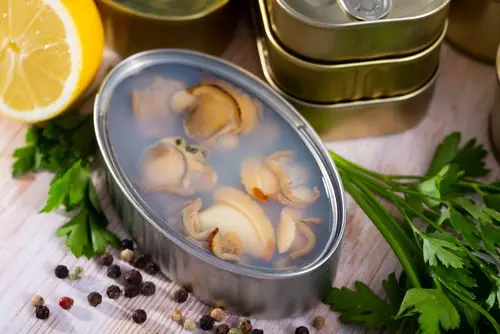
Canned clams were incredibly popular in the early 1900s, especially for clam chowder enthusiasts. They offered a way to enjoy coastal flavors inland without worrying about spoilage. They were used in everything from pasta sauces to baked casseroles. Their convenience made them a pantry hero for quick weeknight meals.
People eventually turned to frozen seafood for a fresher taste and texture. Despite this, canned clams still have a cult following in traditional recipes. They’re celebrated for their salty, umami punch that fresh clams can’t always replicate. Vintage cookbooks often recommend them for authentic regional dishes like New England clam pie.
4. Canned Hominy

Hominy, or nixtamalized corn, was once a pantry powerhouse in Southern and Southwestern kitchens. Canned hominy made it easy to whip up hearty stews and posole without soaking dried kernels overnight. Its mild, slightly nutty flavor complemented beans, meats, and spices beautifully. Families appreciated how it added bulk and texture to meals.
Its popularity faded as people leaned toward fresh corn or frozen alternatives. But in traditional Mexican and Southern recipes, canned hominy was invaluable. It absorbs flavors well, making it ideal for slow-cooked dishes. Nostalgic cooks still reach for it when recreating classic posole or hominy casseroles.
5. Canned Spaghetti with Meatballs
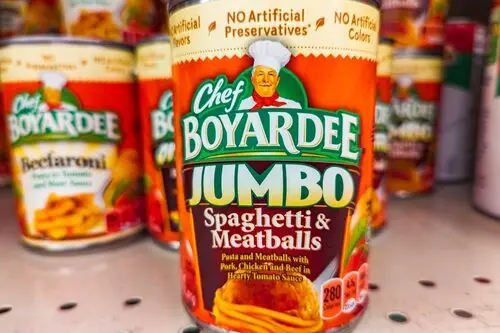
Before the era of frozen convenience meals, canned spaghetti and meatballs made weeknight dinners easy. It allowed families to enjoy Italian-American comfort food without long cooking times. The sauce was usually slightly sweet, the pasta soft, and the meatballs pre-cooked, making it almost instant. Kids in the 50s and 60s often considered it a treat.
Its decline came as boxed pasta and fresh sauces became more accessible. Yet, canned spaghetti retains a nostalgic appeal for those who grew up with it. It also inspired the creation of other ready-to-eat pasta meals. Today, it’s more of a novelty than a pantry staple.
6. Canned Pheasant
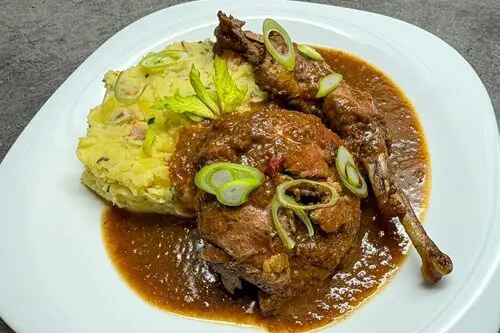
Before the convenience of frozen meat, canned pheasant was a treat for ambitious home cooks. It offered a rich, gamey flavor without the hassle of hunting or dealing with fresh birds. Pheasant in a can could be sliced into salads, mixed into stews, or served with a simple gravy. Gourmet enthusiasts considered it a luxurious alternative to chicken.
Its rarity and expense eventually pushed it out of the average pantry. Today, canned pheasant is mostly found in specialty stores or historical recipe experiments. Those who try it often praise its tenderness and depth of flavor. It’s a reminder of how preservation methods shaped early 20th-century dining.
7. Canned Corned Beef Hash
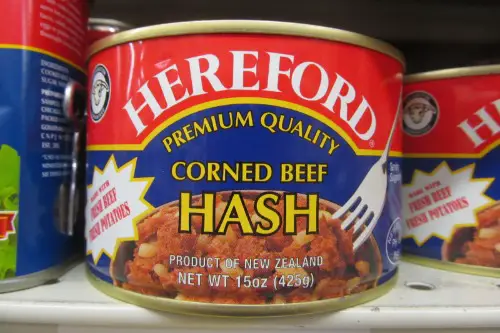
Canned corned beef hash was a breakfast hero in the 1940s and 50s. It combined chopped corned beef, potatoes, and onions in one ready-to-heat can. Busy families loved it because it required minimal effort yet offered hearty, filling meals. It became a symbol of wartime and post-war convenience cooking.
Though fresh or frozen alternatives have largely replaced it, canned hash still has a retro charm. It appears in military rations and some camping recipes today. Its salty, savory punch and crispy pan-fried finish keep it relevant for comfort food enthusiasts. People often pull it out as a nostalgic weekend brunch treat.
8. Canned Rabbit
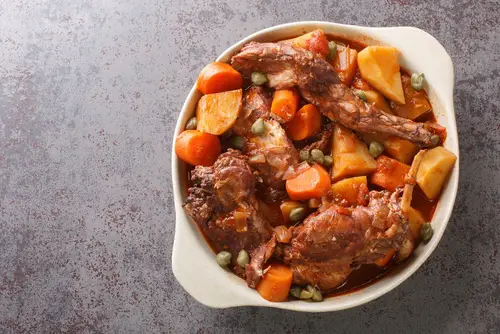
Canned rabbit was more common than most people realize, particularly in rural areas or during wartime. It offered lean protein that could be stored for months without refrigeration. Cooks would incorporate it into stews, pies, or pâtés, taking advantage of its subtle flavor. It was considered economical yet flavorful.
Today, fresh or frozen rabbit dominates the market, making canned versions rare. Vintage recipes often call for it when recreating wartime or rustic dishes. Its presence in pantries underscores a period when preservation was a survival skill. Rabbit aficionados occasionally track down cans for authentic, old-school meals.
9. Canned Sweetbreads
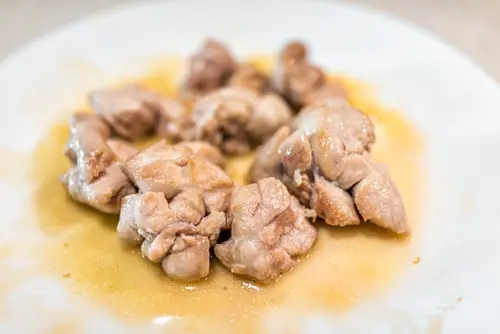
Sweetbreads, or the thymus and pancreas of calves or lambs, were surprisingly popular in canned form. They were valued for their delicate, creamy texture and ability to elevate everyday dishes. Housewives would rehydrate them for pâtés, ragouts, or even upscale holiday dinners. It was considered a sophisticated addition to the canned foods aisle.
Modern cooks rarely encounter them due to shifting tastes and squeamishness around organ meats. Still, chefs and historical food enthusiasts occasionally revisit canned sweetbreads in gourmet recipes. Their inclusion reminds us how adventurous previous generations were with pantry staples. For some, they remain a nostalgic delicacy worth trying.
10. Canned Tripe

Tripe, the lining of a cow’s stomach, was once a widely eaten canned item in the U.S. It was especially popular in ethnic communities and working-class households. Canned tripe offered a cheap, protein-rich option that could be turned into soups, stews, or traditional dishes like menudo. Its long shelf life made it practical for busy cooks.
Most modern cooks shy away from tripe, particularly canned, due to its strong flavor and texture. But in certain culinary traditions, it remains prized for authenticity. Retro recipes still call for it, demonstrating its historic place in pantries. Canned tripe is a testament to the creativity of cooks using every part of the animal.
11. Canned Peas with Pearl Onions
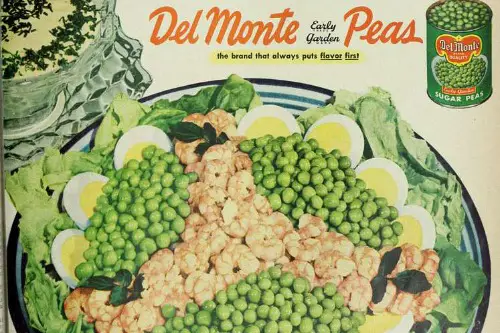
Canned peas and pearl onions were a classic mid-century side dish, often appearing at holiday dinners. The combination offered both sweetness and texture in a single convenient can. Housewives appreciated it for quick steaming or sautéing with butter. It paired well with roasts and baked meats.
Over time, fresh vegetables replaced these canned combos on the dinner table. They’re rarely seen outside vintage cookbooks or retro recipe blogs. However, they were essential for creating a polished, effortless meal in the 1940s and 50s. Their nostalgic value keeps them alive in some culinary circles.
12. Canned Mock Turtle Soup
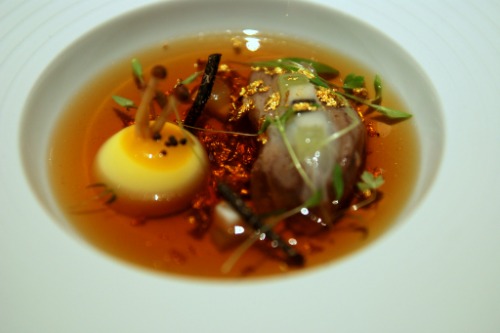
Mock turtle soup was a popular Victorian-inspired canned soup made with beef or veal instead of actual turtle. It offered a rich, dark broth flavored with vegetables and sherry. Families enjoyed it as an elegant starter that didn’t require hours of preparation. The canned version made it accessible for home cooks everywhere.
Its decline was due to changing tastes and the perception of canned soups as lower quality. Still, culinary historians and enthusiasts occasionally revive it for period-accurate meals. Its inclusion on this list highlights how canned foods weren’t just practical—they could be luxurious. Today, it’s a quirky piece of culinary history.
13. Canned Ham Loaf
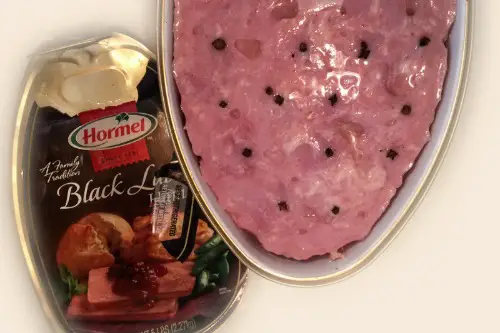
Ham loaf, a mixture of ground ham and breadcrumbs, was widely sold canned for convenience. It could be sliced and fried for quick dinners or sandwiches. Families liked it because it kept in the pantry for months and required almost no preparation. Its salty, sweet glaze made it a crowd-pleaser.
As fresh and deli ham became easier to obtain, canned ham loaf lost favor. Yet it remains an interesting artifact of mid-century food culture. Recipes sometimes appear in “retro cooking” collections. It shows how innovation in canning created ready-to-eat meats before refrigeration was widespread.
14. Canned Rabbit Stew
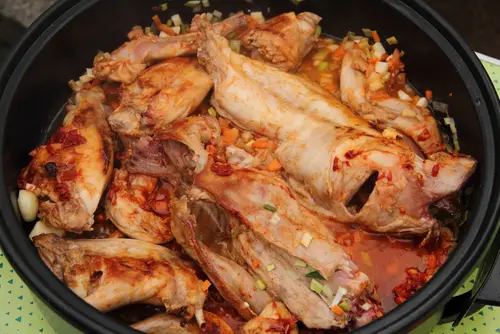
Canned rabbit stew combined tender rabbit meat with vegetables and savory gravy in a single, ready-to-serve can. It was a convenient solution for home cooks who wanted hearty, protein-packed meals without hours of preparation. Families valued it for both taste and longevity on the shelf. Its inclusion in pantries was more common during the early 20th century than most people think.
Over time, changing tastes and the availability of frozen stews pushed it out of mainstream markets. Modern home cooks rarely see it on shelves, except in specialty stores. Its nostalgic appeal remains strong for culinary history buffs and retro food enthusiasts. Canned rabbit stew reminds us how practical, yet creative, early canned foods could be.
This post 14 Forgotten Canned Foods That Were Once a Kitchen Staple was first published on American Charm.


